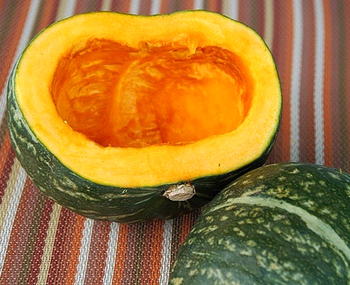 Cornmeal is a staple foodstuff in the cuisines of many cultures throughout the world, cooked in nearly similar ways. It can be found in South America, Africa, Eastern Europe, and the South where it is known as grits. Cornmeal is made from the grinding of dried corn kernels that have had the husk and germ removed, which gives it greater shelf life.
Cornmeal is a staple foodstuff in the cuisines of many cultures throughout the world, cooked in nearly similar ways. It can be found in South America, Africa, Eastern Europe, and the South where it is known as grits. Cornmeal is made from the grinding of dried corn kernels that have had the husk and germ removed, which gives it greater shelf life.
Polenta, as cornmeal is known in Italy, came to popularity in Roman times when it was eaten as a basic porridge. Its origins as a peasant dish have now been displaced by its availability in high-end restaurants. It is very versatile and can be served alongside a variety of other foods, such as meats, stews, sauces, and fish.
With a nod toward tradition, in this recipe I serve the polenta with a mushroom ragù, a combination of two different varieties of mushrooms, oyster and cremini, sautéed and then simmered with mushroom broth from dried porcinis. But any available mushrooms can be used for this recipe.

 Turnips and parsnips are not a taste I grew up with. It kind of surprises me as I was exposed to all kinds of different foods, heavy with Eastern European influence (not that the turnip or parsnip originated from that part of the world). However, root vegetables were a staple in my childhood household, but I don’t remember turnips and parsnips being part of the repertoire.
Turnips and parsnips are not a taste I grew up with. It kind of surprises me as I was exposed to all kinds of different foods, heavy with Eastern European influence (not that the turnip or parsnip originated from that part of the world). However, root vegetables were a staple in my childhood household, but I don’t remember turnips and parsnips being part of the repertoire.  I’m perhaps one of the most happy-go-lucky kind of guys when it comes to food. I eat everything, enjoy a wide variety of foods, and can find something to eat just about anywhere I am. This ease disappears when I talk about pizza and my world view becomes nothing short of black and white. But only with pizza. Stay with me here.
I’m perhaps one of the most happy-go-lucky kind of guys when it comes to food. I eat everything, enjoy a wide variety of foods, and can find something to eat just about anywhere I am. This ease disappears when I talk about pizza and my world view becomes nothing short of black and white. But only with pizza. Stay with me here. Another workhorse of a vegetable, Butternut Squash is always on my shopping list and in my inventory during the fall and winter months.
Another workhorse of a vegetable, Butternut Squash is always on my shopping list and in my inventory during the fall and winter months. You've seen it at the market. You've picked it up and wondered,
You've seen it at the market. You've picked it up and wondered, 
